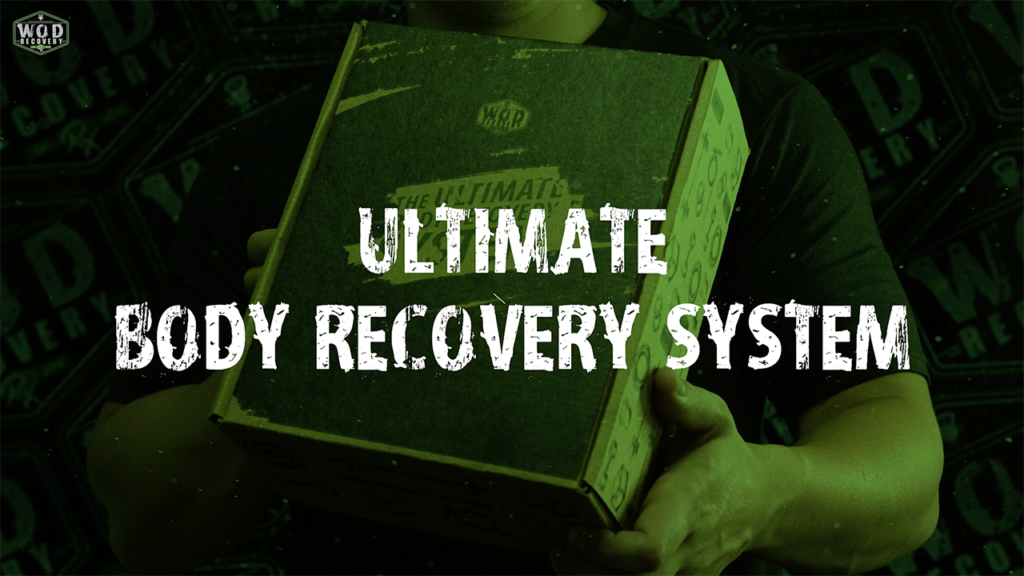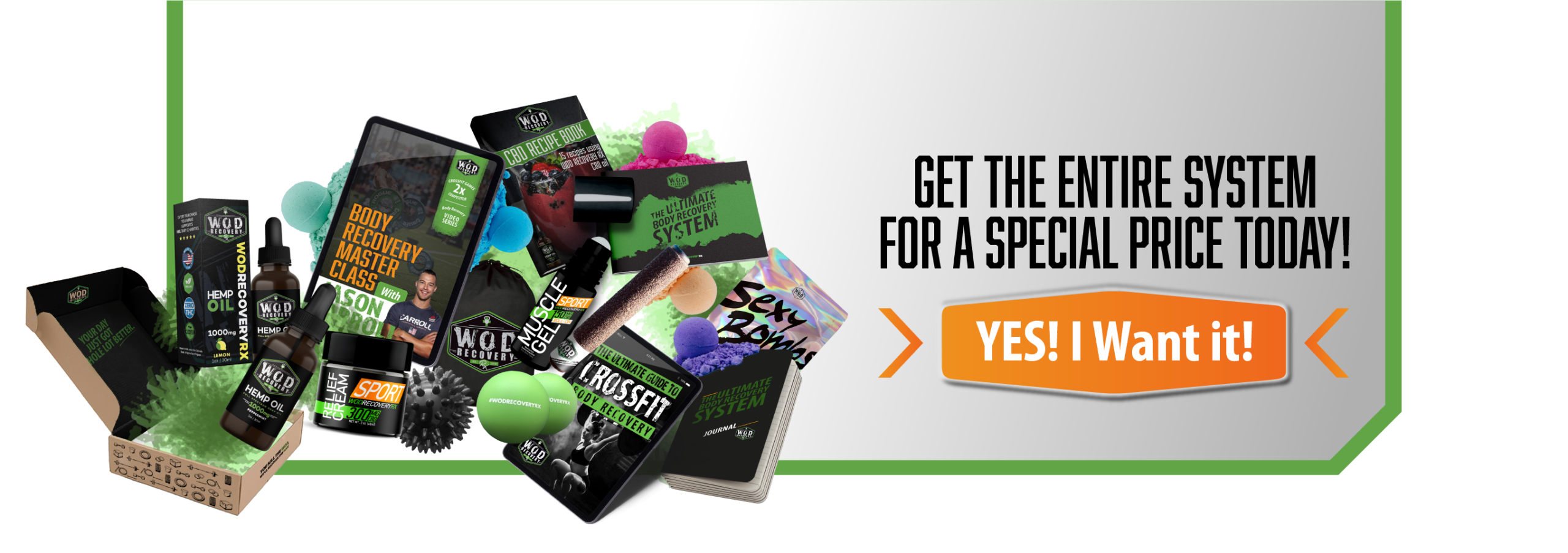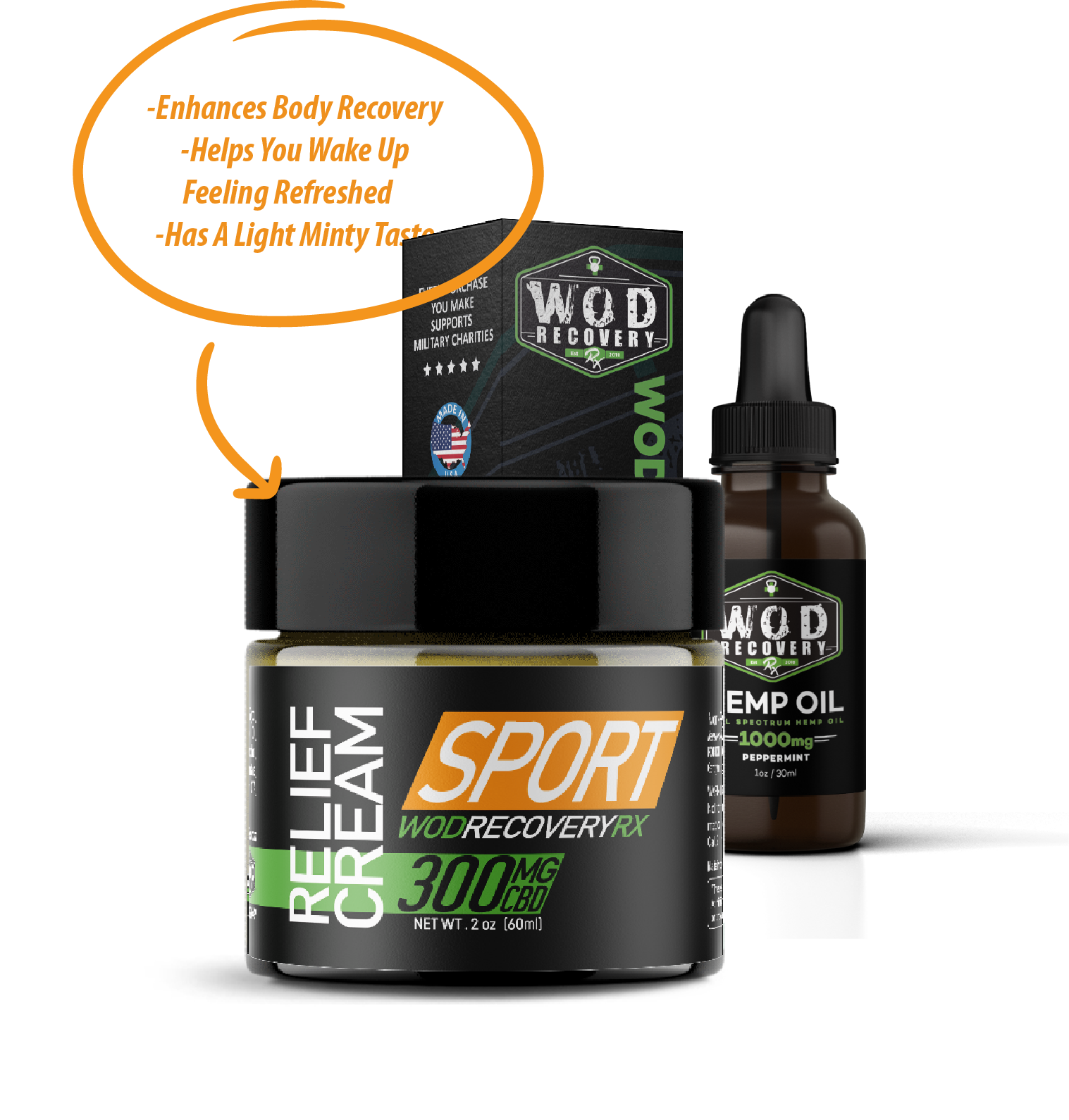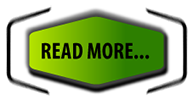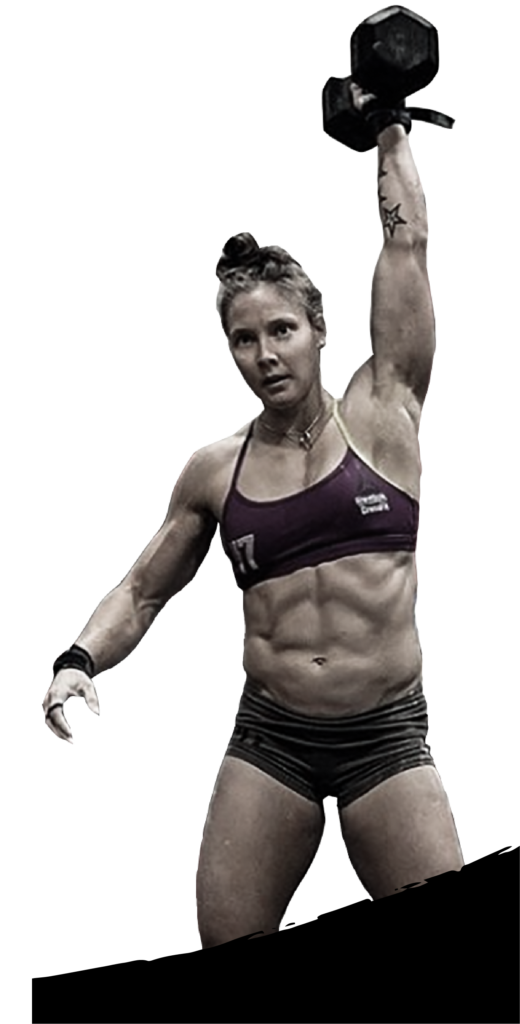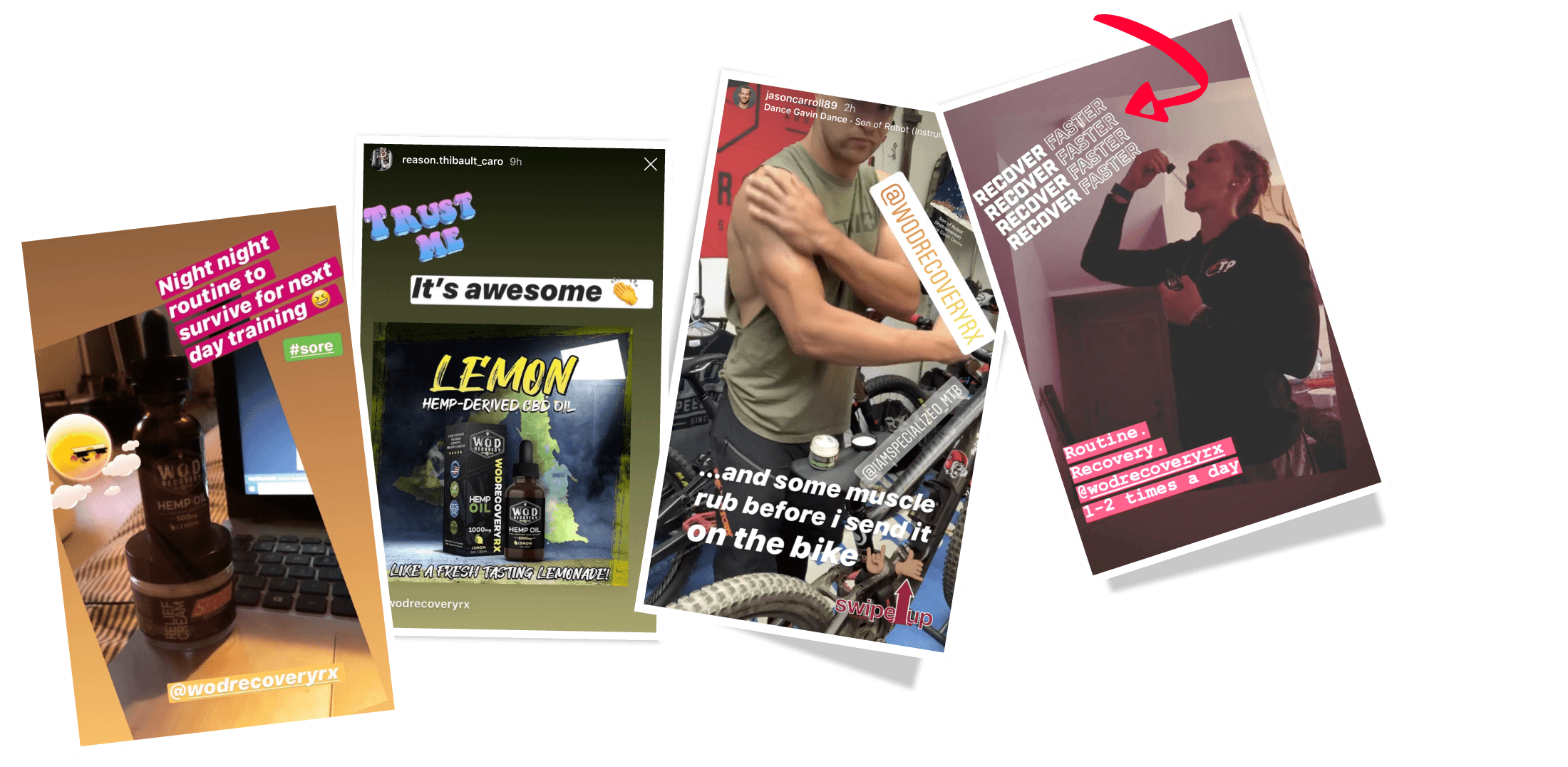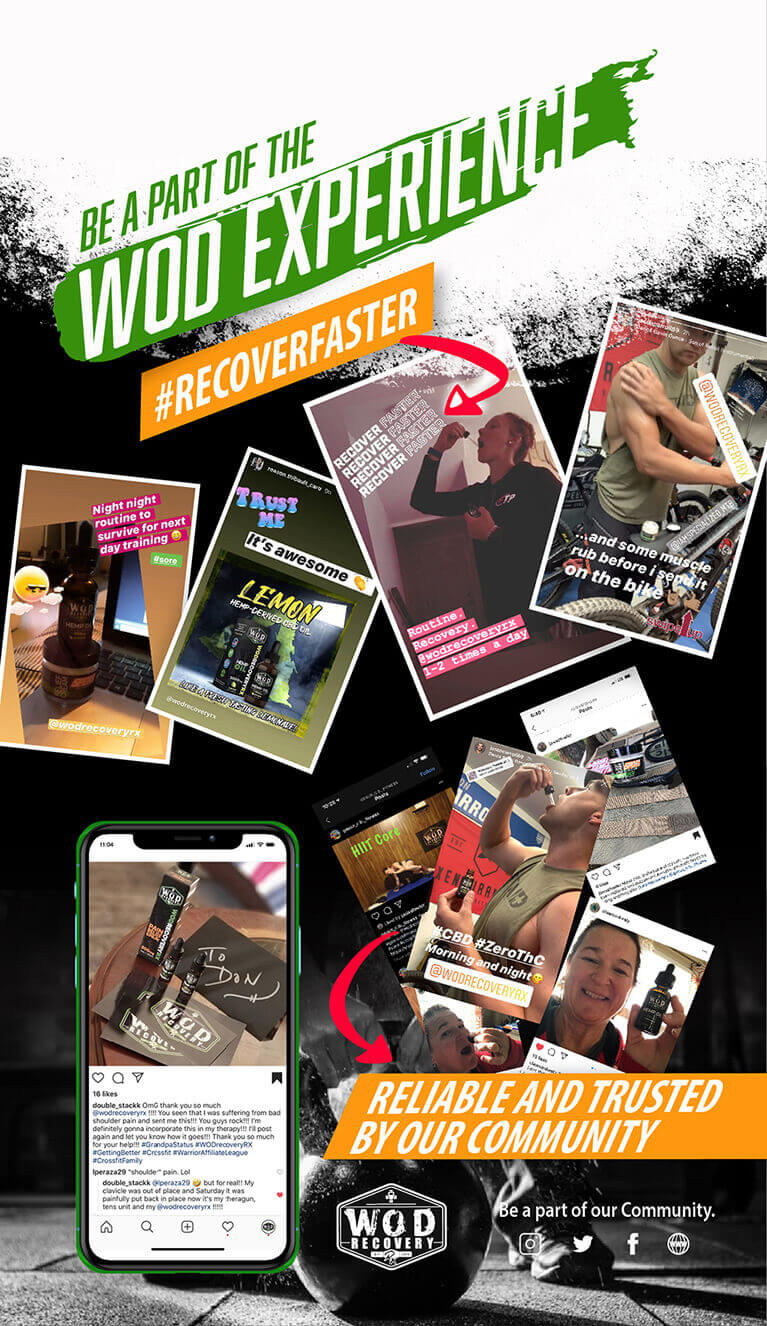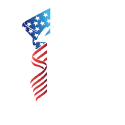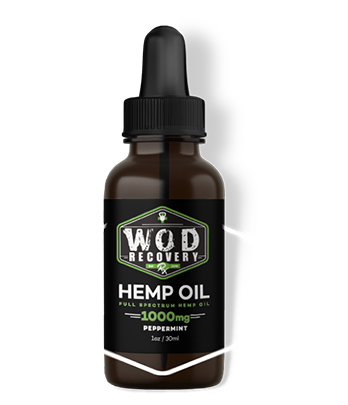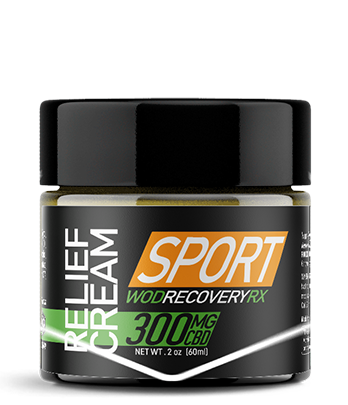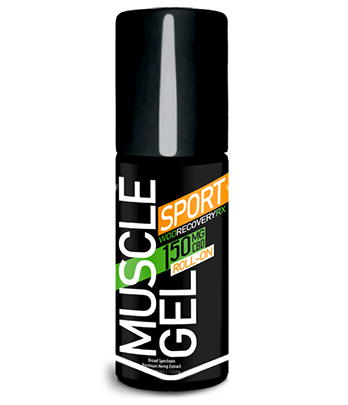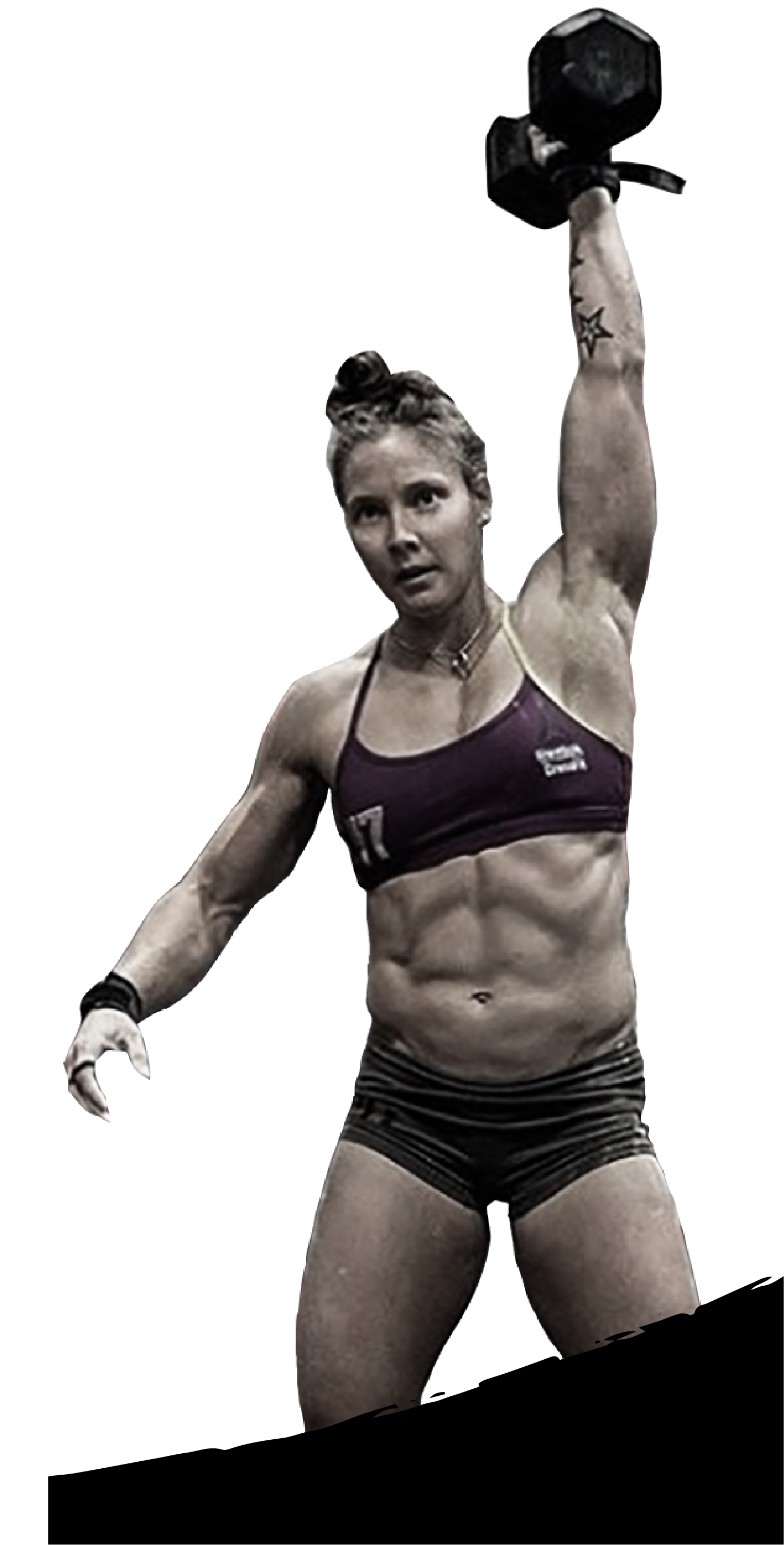
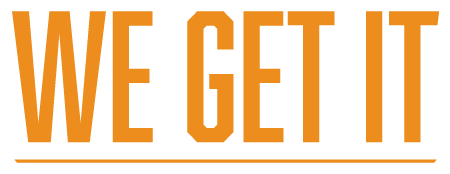
We get it.. You go and kill a WOD, you go to sleep and the next day you wake up sore, stiff and walking like a zombie! You want to get your day started and be productive, but you don’t want to pop the white pill to make the pain go away. Don’t worry… We’ve got you covered!
WOD Recovery was founded with athletes in mind. We provide the highest-quality, USA produced, organic hemp-derived CBD products that have true benefits without the harmful toxins that plague so much of this industry. We have spent a significant amount of time sourcing the best products that really get results.
Not all hemp-derived CBD is created equal, and when you educate yourself on how to tell good CBD from bad CBD, you’ll thank us for being ruthless on quality!
PRODUCT BENEFITS

TINCTURES
Want to live life better without pain? Using our premium-grade CBD tinctures as part of your daily regimen will do the trick. To keep things simple, your body has an Endocannabinoid System, meaning your body actually craves CBD.
When you start taking our delicious peppermint or tasty lemon tinctures daily, you will be amazed at how your body just feels peaceful and at ease. And since we tend to beat up our bodies regularly with killer wods, it only makes sense we do everything we can to keep running at an optimal performance.
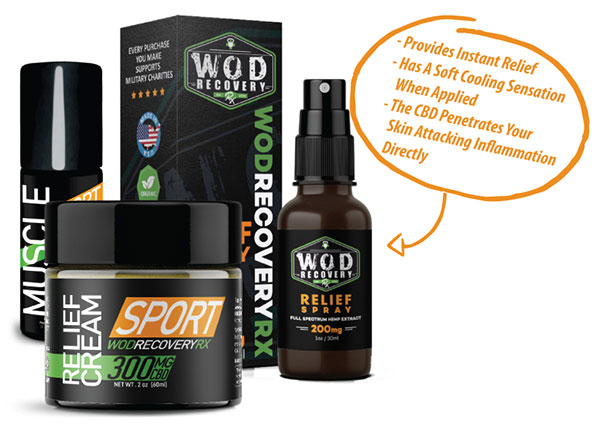
TOPICALS
Ready to get relief from your achy joints or sore muscles? Grab one of our powerful broad spectrum CBD topicals and apply a little magic to those painful areas. Got a lower back ache? No problem. Are you a little sore in the joints? No problem.
Our Topicals have just enough CBD in them to attack the inflammation like Mike Tyson in his prime. With topicals, more CBD doesn’t increase the benefits, so our formulas are designed to give you the perfect dose every time. You can choose from a cream, a roll-on gel, or a spray.


RECOVERY TOOLS
Did you know CBD is only part of the solution for recovery? Keeping your hands soft and calluses trimmed is key, as ripped calluses can keep you away from your wods for a few days. Using our hand callus remover once a week will do the trick.
Finally you can rejuvenate and detox your body with our CBD Sexy Bombs bath bombs, where each scent will give you a spa-like experience. Add in our massage ball set for myofascial release, and you can do body recovery anywhere, anytime, any place.

MADE IN USA
Our products are sourced from USA hemp farms that adhere to the strict requirements of the 2014 Farm Bill.
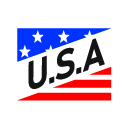

ORGANICALLY GROWN
Every part of the manufacturing and production process uses organic methods and procedures.
ZERO THCMADE IN USA
Our CBD has a proprietary extraction process that produces a true 0.0% THC while remaining full spectrum.


NON-GMO
FORMULATED FOR ATHLETES
Our products have been formulated for high intensity body recovery by leading scientists, chemists, and athletes.
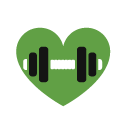

3rd PARTY LAB TESTED
MADE IN USA
Our products are sourced from USA hemp farms that adhere to the strict requirements of the 2014 Farm Bill.


ORGANICALLY GROWN
Every part of the manufacturing and production process uses organic methods and procedures.
ZERO THCMADE IN USA
Our CBD has a proprietary extraction process that produces a true 0.0% THC while remaining full spectrum.


NON-GMO
FORMULATED FOR ATHLETES
Our products have been formulated for high intensity body recovery by leading scientists, chemists, and athletes.


3rd PARTY LAB TESTED

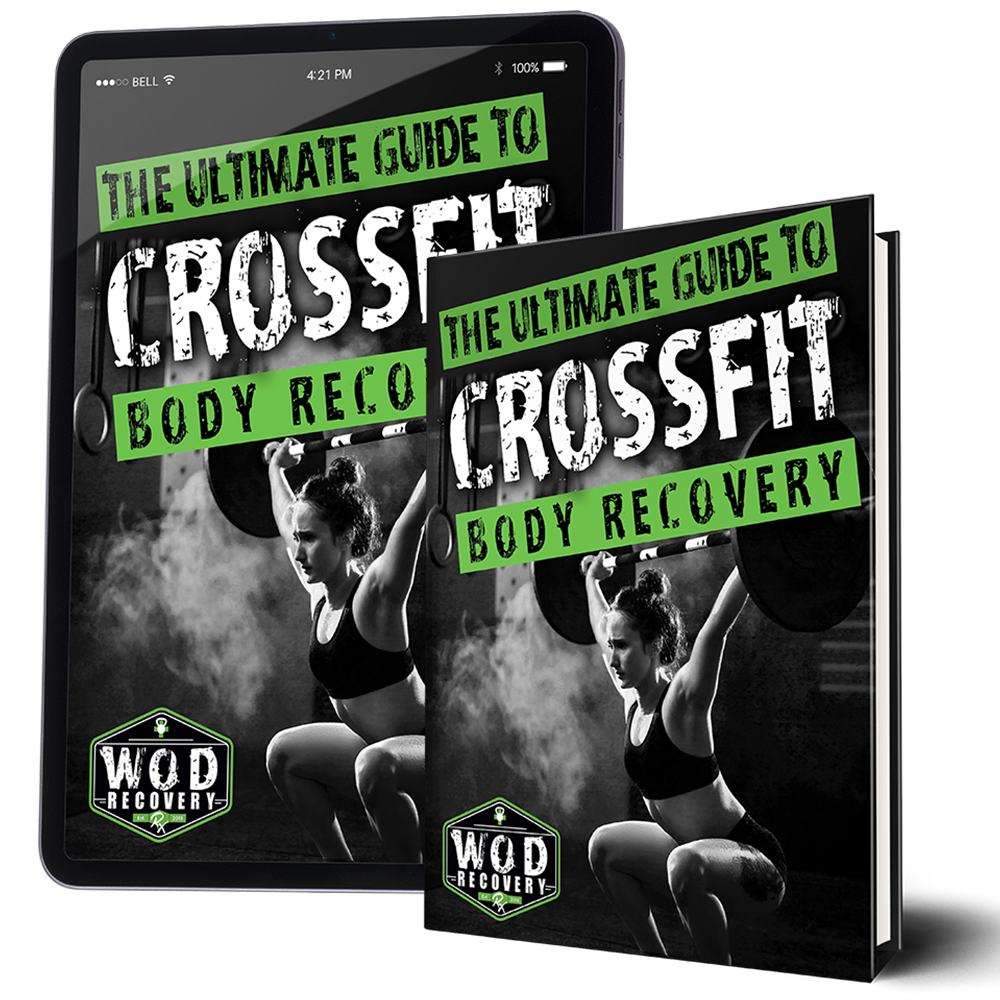
RX+ YOUR BODY RECOVERY TODAY!
Enter your information below to get this FREE report today!

WOD RECOVERY RX © 2020
428 Gaslamp, Inc.
Disclaimer:
All hemp-derived products
contain 0.0% THC
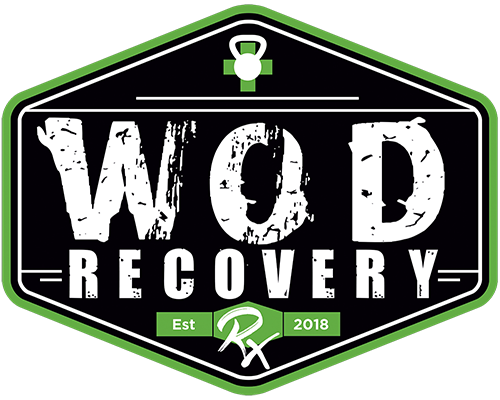
The statements made regarding these products have not been evaluated by the Food and Drug Administration. The efficacy of these products has not been confirmed by FDA-approved research. These products are not intended to diagnose, treat, cure or prevent any disease. All information presented here is not meant as a substitute for or alternative to information from health care practitioners. Please consult your health care professional about potential interactions or other possible complications before using any product. The Federal Food, Drug, and Cosmetic Act require this notice.

WOD RECOVERY © 2020 | 428 Gaslamp, Inc.
Disclaimer: All hemp-derived products contain 0.0% THC
The statements made regarding these products have not been evaluated by the Food and Drug Administration. The efficacy of these products has not been confirmed by FDA-approved research. These products are not intended to diagnose, treat, cure or prevent any disease. All information presented here is not meant as a substitute for or alternative to information from health care practitioners. Please consult your health care professional about potential interactions or other possible complications before using any product. The Federal Food, Drug, and Cosmetic Act require this notice.
